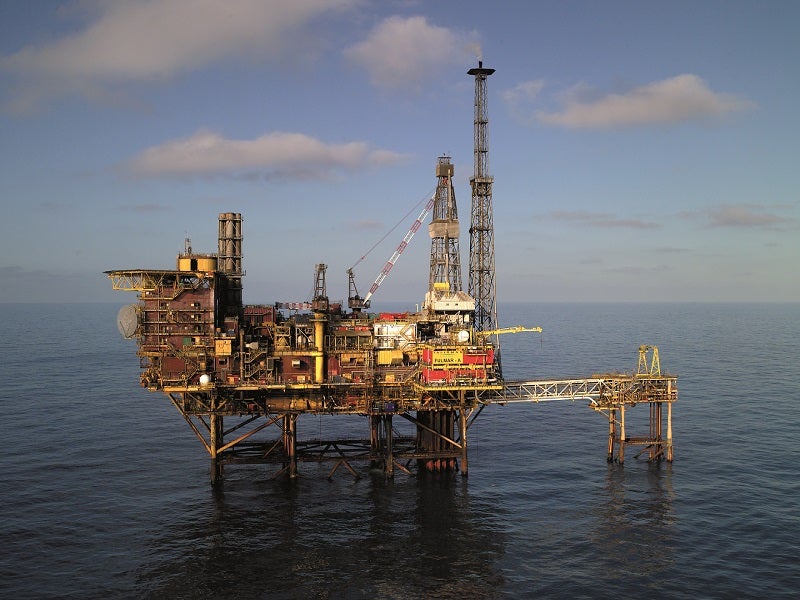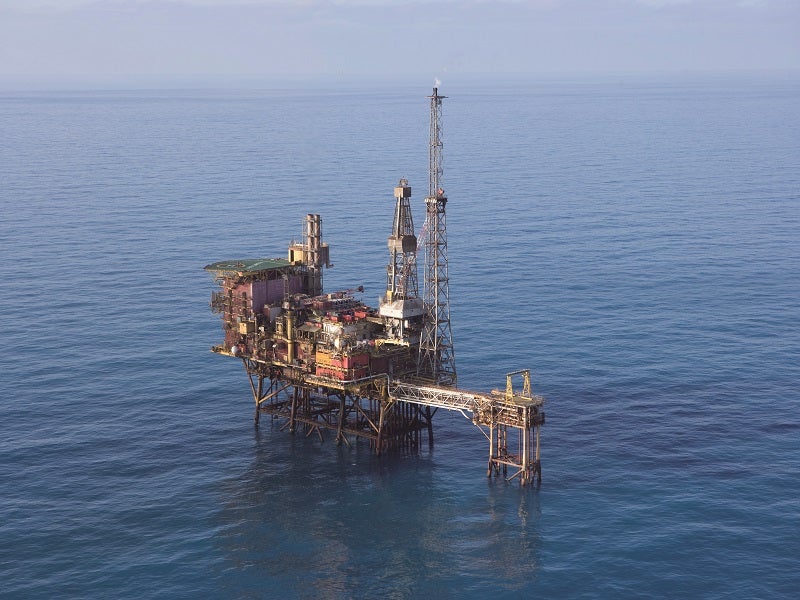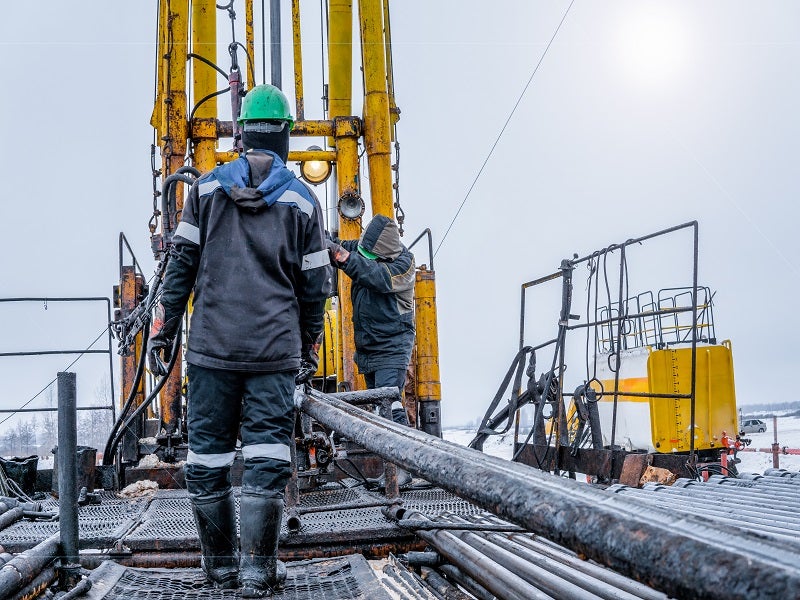Fulmar is an offshore oil field in the North Seam operated by Repsol Sinopec. Development of the field began in 1978, while the installation of the Fulmar complex was completed in 1981.
Oil production from the Fulmar field commenced with the first oil from the Fulmar Advanced Drilling (AD) wellhead jacket in February 1982. Oil production from the Fulmar Alpha (A) platform followed in May 1982.
Production from the field ceased in October 2018, as approved by the North Sea Transition Authority (formerly the Oil and Gas Authority). The plug and abandonment (P&A) works are expected to commence in late 2024 to early 2025.
Production at the Fulmar platform reached more than 130,000 stock tank barrels per day in its peak production years, between 1988 and 1989. The Fulmar field produced 565 million metric barrels of oil (Mmbbls) during its operational life, significantly contributing to the UK economy.
Location
The Fulmar field is located 312km east of Dundee, Scotland, and 12km northeast of the Auk oilfield in Blocks 30/16 and 30/11b in the Central North Sea at water depths of 83m.
Fulmar field infrastructure
The Fulmar field installation consists of two bridge-linked jacket structures that house drilling, production and accommodation facilities.
Fulmar A is the main production platform, mounted on a large steel jacket with eight legs. It has 36 wells, while the Fulmar AD wellhead platform has six. Fulmar A weighs approximately 12,400t, while the four-legged fixed steel jacket platform, Fulmar AD, weighs 1,406t.
Oil from the field was initially exported by tankers via a floating storage unit (FSU) connected to a single anchor leg mooring (SALM) base. A second SALM base was installed due to the FSU breaking free in December 1988. The transport of oil products from the field was, however, changed in 1997 to use the Norpipe system, which connects to the Teesside oil terminal at Seal Sands in Middlesborough. The SALM bases have not been utilised since then.
The Fulmar field provided transportation and redelivery services for the Gannet, Auk, Clyde, Orion and Flyndre fields from the Fulmar platform via the Norpipe system. The platform also processed oil from the Halley field and the Auk North sub-sea tieback.
Fulmar field decommissioning details
The decommissioning of the Fulmar field will involve jacket removal, onshore dismantling, recycling and disposal of topsides and associated substructures. It will be a fully integrated P&A project with a modular P&A rig, well services and well engineering.
The decommissioning activities will include the removal of surface facilities installations including the Fulmar A production platform, the Fulmar bridge link, and the Fulmar AD wellhead platform. The sacrificial anodes protecting the jackets will remain in situ.
The Fulmar platform will continue operating as an export hub for Auk, Clyde and Gannet until the fields cease production or bypass Fulmar. The plugging and abandonment of the platform wells in Fulmar are expected to be completed during this waiting period to minimise abandonment support costs.
The topsides will be fully decommissioned once all platform wells are plugged and abandoned, and the platform ceases to operate as an export hub. The topsides will be transported ashore for dismantling and cleaning of reusable equipment. Recycling and disposal work will be carried out for equipment that cannot be reused.
The subsea infrastructure will be decommissioned post-removal of the Fulmar topsides. A survey of the pipelines and umbilicals will be carried out to determine whether to remove or leave them in situ.
Contractors involved
Archer, an oil services company, was awarded a $165m contract to carry out the P&A of 30 wells in the Fulmar field.




